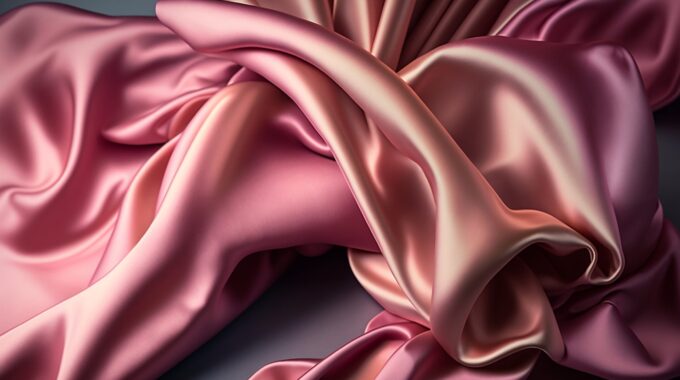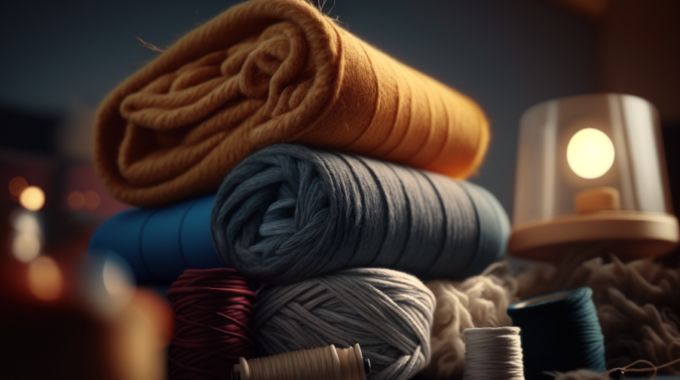In the realm of fabrics, there exists one that reigns supreme in terms of elegance,…
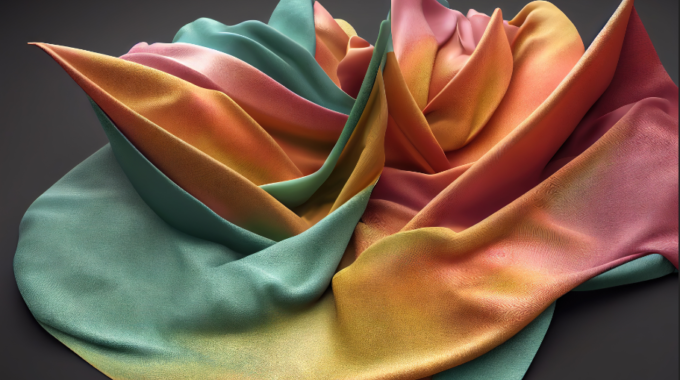
Cellulose Fabrics Family: About, Types, & Comparison
As the name suggests, cellulose fabrics are made from cellulose fibers, which is a starch-like carbohydrate derived from dissolving wood pulp. The final product is a semi-synthetic fiber as it undergoes a process which categorizes it as man-made.
They are Rayon fabrics that include viscose, modal, and lyocell. There are other fabrics that come from the bamboo fabric family as well. Like any other fabric, they are offered as woven or knitted fabrics.
Let us dive deeper into each of the types, understanding what goes in them and how they stand apart from the others.
Viscose fabrics
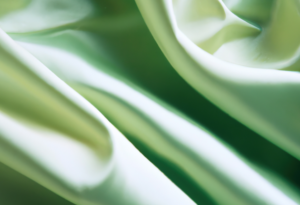
This semi-synthetic fiber is actually a plant-derived product. It comes from wood pulp of various trees like eucalyptus, pine, bamboo, and beech. But the production process involves use of certain chemicals which makes the fabric semi-synthetic.
This material feels soft as cotton but looks silky and shiny as silk. It is vastly used in the textile industry for manufacturing furnishing products, upholstery, clothing, etc for it is amazingly drapable.
The ease of wearing this fabric and a hint of royalty makes it a popular choice for clothing. It is a breathable fabric with high moisture absorbing capacities. It is also quite the sustainable fabric as it is biodegradable.
Modal fabrics
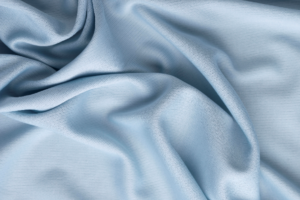
Viscose was introduced much earlier than Modal. However, the process of making viscose proved to be complicated and time consuming. Thus, it led to the evolution of modal. It is produced from beech tree cellulose. Initiated in Japan, modal is quite similar to viscose but only less complex and doesn’t generate as much waste during production.
Even if it is derived from a plant, the production process includes involvement of certain chemicals like carbon disulfate and sodium hydroxide and hence, it is classified as semi synthetic fabric.
Some noticeable differences between modal and viscose include modal being lighter in weight and also more breathable. It is also used for bedsheets for its breathability and high moisture wicking abilities. However, it is usually seen as luxury bed sheet material for its 300 thread count.
Lyocell fabrics
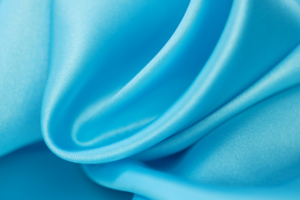
The fully organic form of rayon is Lyocell. Since it is made from all the natural elements of hardwoods like birch and oak, it is highly sustainable as compared to other synthetic fibers. However, there are some questions on its impact on the environment.
The production of Lyocell was halted after a pilot project. But later, it was renewed and introduced as Tencel. Thus, these names are interchangeably used and the fabric and its properties do not differ at large.
This fabric is normally soft to touch and can’t be easily differentiated form cotton. However, this fabric is quite strong and resistant as compared to cotton. Manufacturers claim that it is also easy to blend with other textiles like polyester, nylon, silk, and wool.
Comparing Viscose and Modal:
- While the production process is highly similar, the materials and fibers that go into the making of each are quite different. We see that modal is comparatively more breathable, light-weighted, and yet, stronger.
- Modal is also considered to be more eco-friendly as compared to viscose due to less requirement of sodium hydroxide in the production process.
- Modal is a type of rayon that is stronger when wet (high wet modulus) and hence, its shape doesn’t change. But Viscose doesn’t have such characteristics.
Comparing Lyocell and Modal:
- Standing side by side in the luxury fabric segment, Modal and Lyocell are quite similar. Lyocell is basically the organic form of rayon.
- Lyocell can be made from beech and eucalyptus in addition to beech whereas modal is majorly derived from beech alone.
Join us on LinkedIn for more informative and interesting updates.

